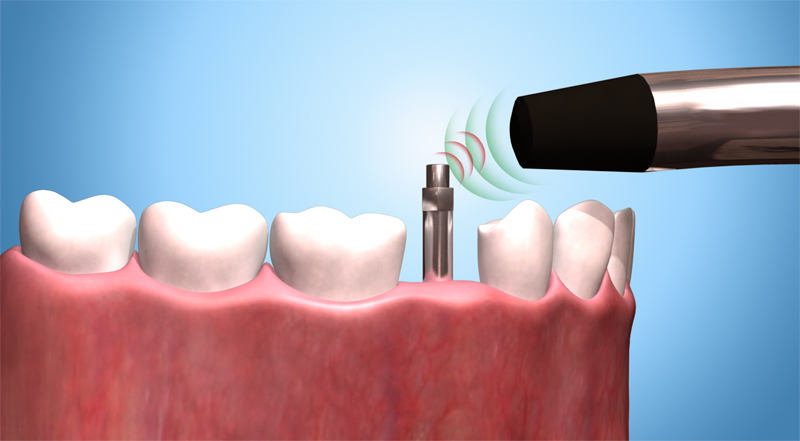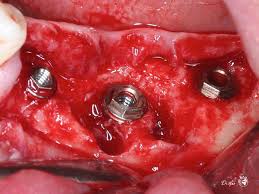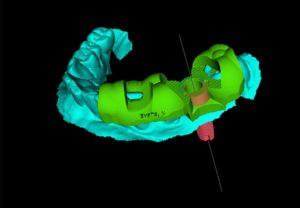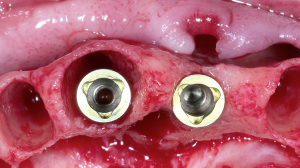What constitutes immediate implant stability?
There is much literature that cites immediate implant stability, yet there seems to be a disconnect as to what this actually means.
How is stability defined? This review will answer this question.
In it’s basic form, an implant is a foundation for a tooth. A successful implant accomplishes that task by not moving.
Bio-mechanically this is accomplished differently at two different time periods.
1. Immediate mechanical stability- at the time of implant placement
2. Osseointegration stability- several months after implant placement
A great article that will help us answer this question comes from Glauser et al:
Resonance frequency analysis of implants subjected to immediate or early functional occlusal loading
successful vs. failing implants
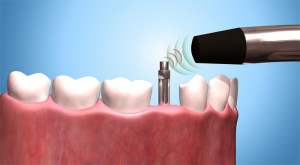
The objective of Glauser’s study was to determine whatdifferences a successful vs. a failing implant had in terms of RFA measurements.
Resonance Frequency Analysis is an objective way to measure the bone-implant interface stiffness (and thus implant stability). It does this by vibrating and sensing vibration of the object to which it is applied. The RFA is then converted to a standard measure known as ISQ (Implant stability quotient). Objects that are more rigid will have a higher number (up to 100) and objects that are looser will have a lower number (as low as 0). This is a linear scale.
In this study 81 implants in 23 patients were followed for 1 year after implant placement. All implants were loaded according to an immediate or early (as late as 11 days post surgery) implant loading protocol.
There was an 89% success rate with the protocol used in the study with 9 implants failing in 6 patients.
While this failure number is concerning, it actually is helpful in this particular study because it gives more data on the ISQ associated with failing implants.
The results of the study show a “distinct(ly) different pattern from implant that remained successful.”
The RFA was able to predict the failure of implants at 1 month, which was well before clinical identification of failure could be diagnosed.
ISQ Failure after 1 year (%)
_________________________________________________
At 1 month
>69 0
59-68 5.6
49-58 18.2
39-48 33.3
<39 100
At 2 months
>69 0
59-68 0
49-58 13.3
39-48 13.3
<39 100
In other words, 100% of implants failed with an ISQ less than 39 at one month and all implants with an ISQ of 69 or greater at 1 month are successful.
The average ISQ of the implants that eventually failed was 43 at 2 months, whereas the average ISQ of successful implants at 2 months was 60.
It is important to note that ALL implants will have a lower ISQ for 3 months after placement as bone remodels.
Take home points:
1. ISQ is a useful measure of implant stability
2. Immediately loaded implants with an ISQ of less than 39 at 1 month WILL fail
3. In our practice ISQ is preferable to torquing an implant and can be used as a good measure of implant stability even within the first few months after implant placement.

